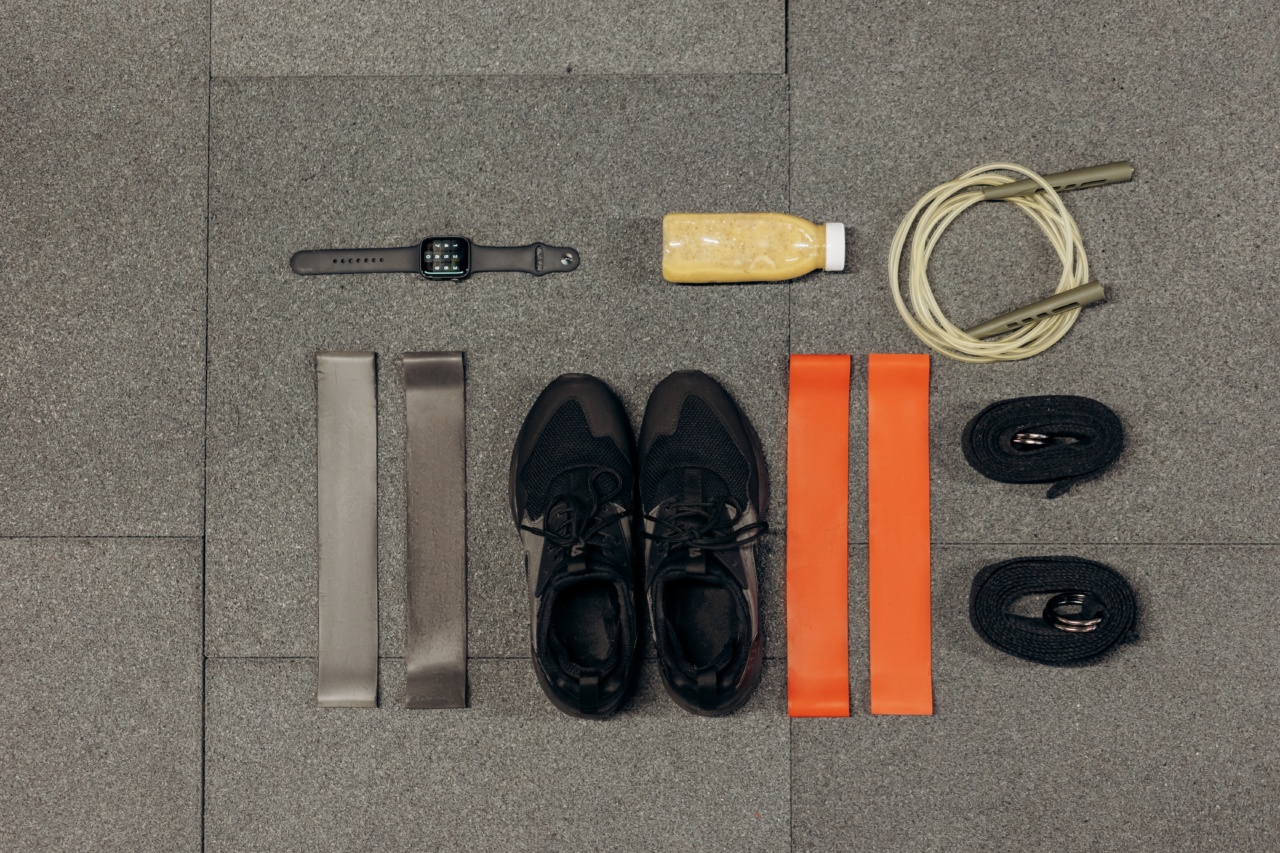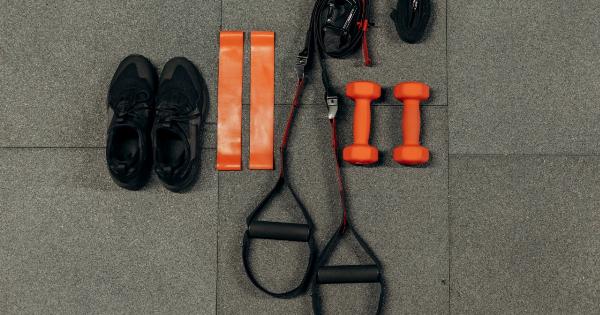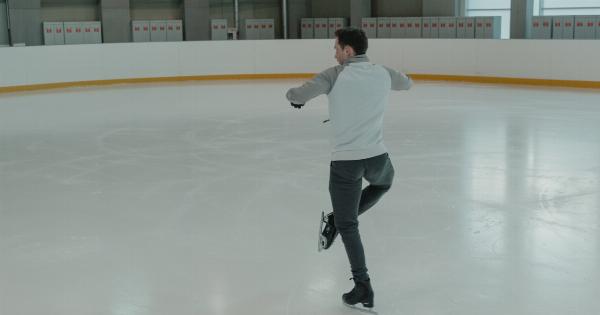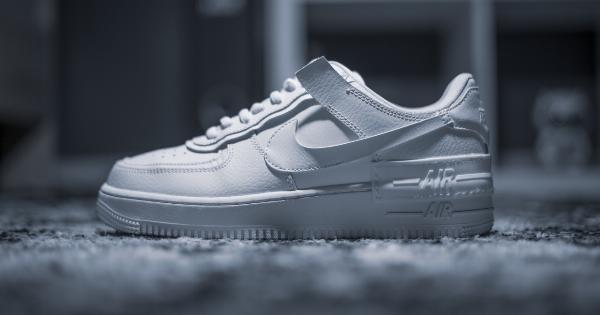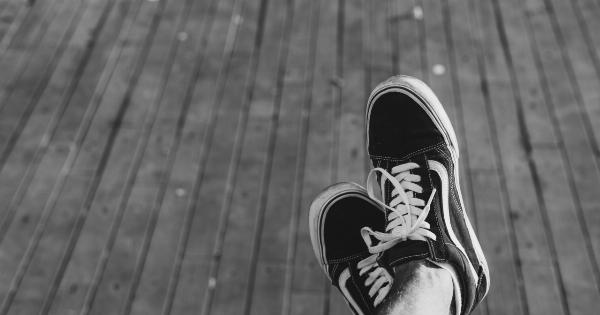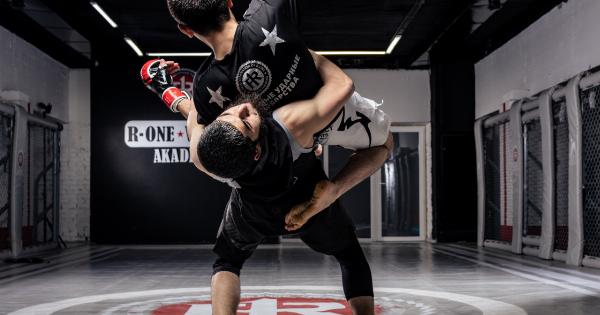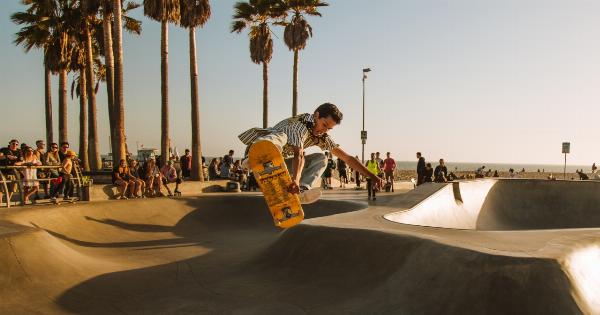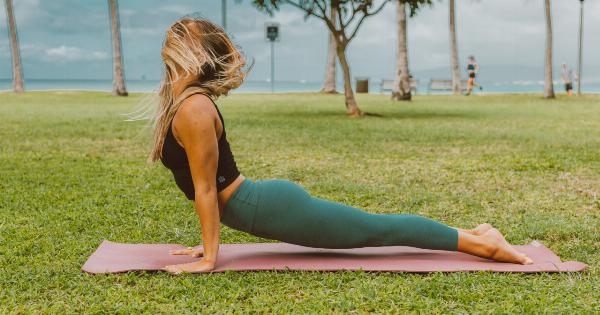Are you tired of having skinny calves or not being satisfied with the appearance of your lower legs? If so, it’s time to give your calves some much-needed attention.
Building strong and well-defined calf muscles not only enhances your overall physique but also improves your performance in various activities such as running, jumping, or even walking. If you’re ready to take your calf training to the next level, here is the ultimate calf workout program you need to try.
Why is Calf Training Important?
Before diving into the workout program, let’s first understand why calf training is crucial. The calves are composed of two primary muscles: the gastrocnemius and the soleus.
These muscles play a significant role in lower leg stabilization, ankle movement, and shock absorption during activities like walking, running, and jumping.
Strengthening your calf muscles not only improves aesthetic appeal but also helps prevent injuries, supports overall lower body strength, and increases athletic performance.
Neglecting calf training can lead to muscle imbalances, weak lower leg stability, and limited athletic abilities.
The Anatomy of the Calf Muscles
It’s essential to have a basic understanding of the anatomy of the calf muscles before engaging in an effective workout program.
Gastrocnemius
The gastrocnemius is the larger and more visible calf muscle. It forms the bulge that is commonly associated with strong and well-developed calves.
It has two heads – the medial head and the lateral head – which originate above the knee joint and attach to the Achilles tendon at the back of the heel. The gastrocnemius is primarily responsible for power movements such as explosive jumps and quick sprints.
Soleus
The soleus is a smaller and flatter muscle located underneath the gastrocnemius.
Unlike the gastrocnemius, the soleus muscle crosses the ankle joint, allowing it to play a significant role in stabilizing the lower leg during standing and walking movements. The soleus is primarily composed of slow-twitch muscle fibers, making it more resistant to fatigue and suitable for endurance-related activities.
The Ultimate Calf Workout Program
Now that you understand the importance of calf training and the anatomy of the calf muscles, let’s dive into the ultimate calf workout program that will help you achieve strong and well-defined calves.
1. Standing Calf Raises
Start by standing on an elevated surface such as a step or block, with your heels hanging off the edge. Lower your heels as far as possible towards the ground, then push up onto your tiptoes as high as possible.
Hold the contraction for a count, then lower back down and repeat for the desired number of repetitions. You can perform the exercise with both legs together or one leg at a time to increase the intensity.
2. Seated Calf Raises
Sit on a bench or chair with your feet flat on the ground and knees bent at a 90-degree angle. Place a weight across your thighs for added resistance. Press through the balls of your feet, lifting your heels as high as possible.
Pause for a moment at the top of the movement, then lower your heels back down and repeat for the desired number of repetitions.
3. Single-Leg Calf Raises
Similar to standing calf raises, but this time, perform the exercise on one leg at a time. This variation helps to correct any muscular imbalances and ensures each calf muscle is working independently.
4. Calf Press on Leg Press Machine
If you have access to a leg press machine, you can use it to target your calf muscles effectively. Sit on the leg press machine with your feet flat against the platform and your knees bent. Push the platform away from you by extending your knees fully.
Pause at the top, then lower the weight back down. This exercise allows you to use heavier weights compared to bodyweight calf raises, leading to strength and muscle gains.
5. Plyometric Calf Jumps
Plyometric exercises are excellent for developing explosive power in your calf muscles. Stand with your feet shoulder-width apart and perform quick and explosive jumps, propelling yourself off the balls of your feet.
Try to jump as high as possible and land softly to minimize impact on your joints. Repeat for the desired number of repetitions.
6. Donkey Calf Raises
This exercise requires a partner or a calf raise machine. While keeping your upper body stable, position yourself on the edge of an elevated surface, such as a step or platform.
Have a partner sit on your lower back or use the calf raise machine to place weight on your shoulders. Lower your heels as far as possible, then push up onto your tiptoes as high as possible. Pause at the top, then lower your heels back down and repeat.
7. Calf Stretch
Stretching your calves after an intense workout is crucial for maintaining flexibility and reducing muscle soreness. Lean against a wall with one leg forward and the other leg straight behind you.
Keep your back heel on the ground and slowly lean forward until you feel a stretch in your calf. Hold for 30 seconds, then switch legs and repeat.
8. Tempo Training
Tempo training involves manipulating the time spent during each phase of an exercise to maximize muscle activation and enhance muscle growth.
For example, you can perform slow eccentric (lowering) reps during calf raises to induce muscular damage and stimulate greater growth response. Focus on lowering your heels slowly, pausing briefly, and pushing up explosively.
9. Progressive Overload
Like any other muscle group, the calf muscles require progressive overload to grow and develop strength. Gradually increase the resistance, volume, or intensity of your calf workouts over time to stimulate continuous muscle adaptation.
This can be achieved by adding weight, increasing the number of repetitions, decreasing rest periods, or incorporating advanced training techniques such as drop sets or supersets.
10. Frequency and Consistency
To see significant results in calf development, it’s important to train them frequently and consistently. Aim for 2-3 calf workouts per week, allowing at least 48 hours of rest between sessions to facilitate muscle recovery and growth.
Be patient and stick to your routine, as calf muscle growth may take longer compared to other muscle groups due to their involvement in daily activities such as walking and standing.
Conclusion
Don’t neglect your calf muscles any longer. Incorporate this ultimate calf workout program into your training routine and give your lower legs the attention they deserve.
Remember to focus on proper form, progressive overload, and consistency to achieve those strong and well-defined calves you’ve always wanted. Strong calves not only enhance your physique but also improve your overall athletic performance.
